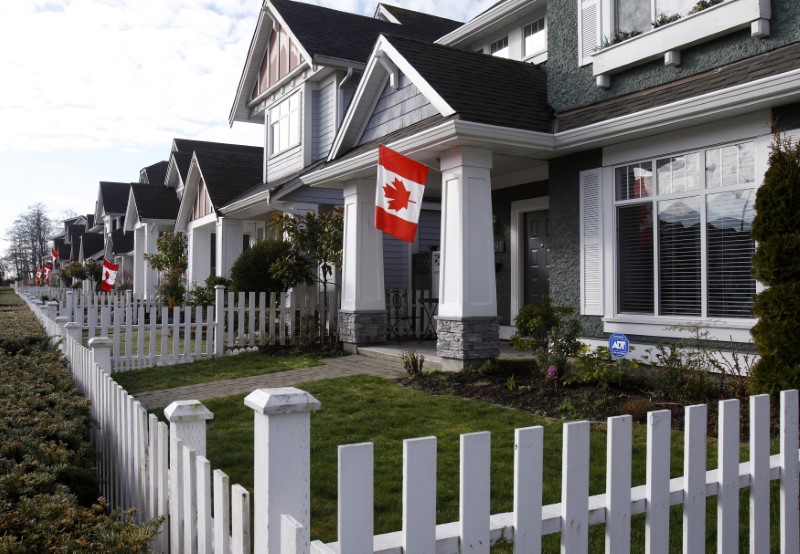Canada’s housing market began gaining momentum after the Bank of Canada’s first interest rate cut since 2020. However, this momentum didn’t continue in July 2024. According to Shaun Cathcart, a Senior Economist at CREA, the market is primed for a rebound thanks to “a record amount of demand waiting in the wings.” The Bank of Canada’s second rate cut came at the end of July, and with more cuts anticipated, combined with strong demand on the horizon, conditions are building for an active fall market.
This content was originally published by Zoocasa. View original content and infographics here.
James Mabey, Chair of CREA, shares this optimistic outlook, stating, “While it wasn’t apparent in the July housing data from across Canada, the stage is increasingly being set for the return of a more active housing market.” With more options available for buyers, the current environment of less competition and increased negotiating power may soon become a thing of the past.
Growth in New Listings Across Canada
Regarding the year-to-date outlook, new listings nationwide surged by 14.8%, totaling 556,564 compared to 484,984 in July of the previous year. The three cities that experienced the highest year-over-year growth for increase of sales in July were Windsor-Essex with 22.9%, Trois-Rivières CMA at 21.9%, and Kitchener-Waterloo, following closely at 20.0%.
Minor Increases in New Listing Inventory
From June to July, major Canadian cities saw substantial decreases in new listings. Victoria led the decline with a significant -13.90% drop to 1,195 new listings, followed by Montreal with an -11.33% decrease with 4,329 new listings, and Toronto with a -9.98% decrease, totaling 16,296 new listings. Conversely, Saskatoon experienced the most significant positive increase, with a 4.60% rise in new listings, totaling 977.
Quebec’s Remarkable Price Growth
Quebec experienced the most significant price increases of all provinces in Canada for July 2024, highlighting it as a key area of growth with strong buyer interest and rising property values across multiple regions.
In Quebec, several regions are seeing significant year-over-year growth in average sale prices as of July 2024, reflecting a solid and dynamic real estate market. Sherbrooke CMA leads the way with a remarkable 20.8% increase, as prices surged from $475,832 in July 2023 to $574,740 in July 2024, indicating booming demand in the area. Similarly, Trois-Rivières CMA witnessed a substantial rise of 18.3%, with average prices climbing from $308,977 to $365,509, showcasing robust market activity. Quebec CMA also saw notable growth, with a 13.8% year-over-year price increase, rising from $366,587 to $417,265.
Price Declines in Cooling Markets
Conversely, other markets in Canada are showing signs of cooling, with several markets experiencing year-over-year declines in average sale prices. Victoria saw a 5.2% drop, with prices falling from $1,034,257 in July 2023 to $980,850 in July 2024. Hamilton–Burlington also experienced a 5.2% decline, with average prices decreasing from $918,001 to $870,066, indicating potential shifts in buyer interest or affordability concerns. In Ottawa, the market saw a 2.9% drop in prices, with averages falling from $685,446 to $665,579, reflecting possible changes in demand or economic factors impacting the region.
